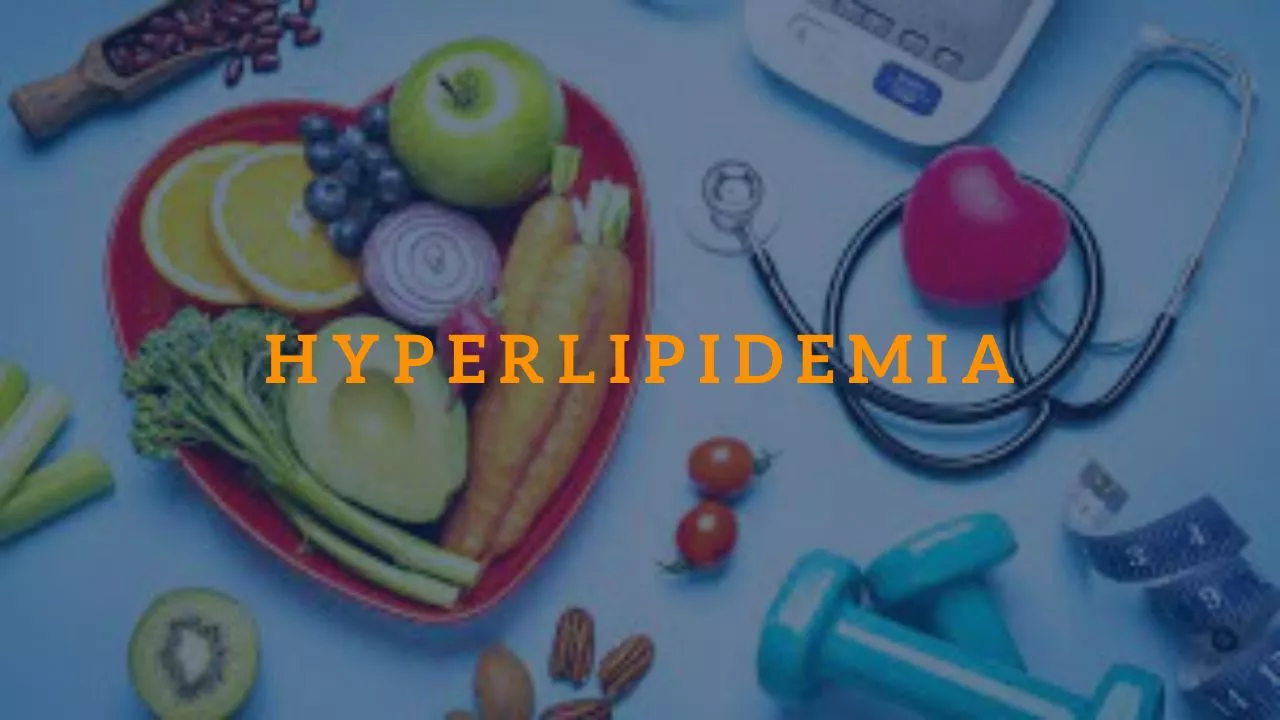Hello 1-GSM Visitors! In this article, we will discuss hyperlipidemia, a condition that affects millions of people worldwide.

What is Hyperlipidemia?
Hyperlipidemia, also known as high cholesterol, is a condition characterized by abnormally high levels of lipids (fats) in the blood. These lipids include cholesterol and triglycerides, which are essential for the body’s normal functioning, but too much of them can lead to serious health problems.
Causes of Hyperlipidemia
There are several factors that can contribute to the development of hyperlipidemia, including genetics, diet, lifestyle, and underlying medical conditions. Inherited conditions such as familial hypercholesterolemia can cause high cholesterol levels, while a diet high in saturated fats, trans fats, and cholesterol can also increase lipid levels. Lack of physical activity, obesity, smoking, and certain medical conditions such as diabetes and hypothyroidism can also lead to hyperlipidemia.
Symptoms of Hyperlipidemia
Hyperlipidemia itself does not usually cause any symptoms. However, high cholesterol levels can increase the risk of developing other health problems such as heart disease, stroke, and peripheral artery disease.
Diagnosis of Hyperlipidemia
Hyperlipidemia can be diagnosed through a blood test that measures lipid levels. The test measures total cholesterol, LDL (bad) cholesterol, HDL (good) cholesterol, and triglycerides.
Treatment of Hyperlipidemia
The treatment of hyperlipidemia depends on the severity of the condition and the risk of developing other health problems. Lifestyle changes such as eating a healthy diet, losing weight, quitting smoking, and increasing physical activity can all help to lower cholesterol levels. Medications such as statins, bile acid sequestrants, and fibrates can also be used to lower lipid levels.
Prevention of Hyperlipidemia
Preventing hyperlipidemia involves adopting a healthy lifestyle. This includes eating a diet rich in fruits, vegetables, whole grains, and lean proteins, limiting saturated and trans fats, quitting smoking, and getting regular physical activity.
Complications of Hyperlipidemia
Hyperlipidemia can lead to serious health complications such as heart disease, stroke, and peripheral artery disease. These conditions can be life-threatening and may require medical intervention.
Risk Factors for Hyperlipidemia
Risk factors for hyperlipidemia include age, gender, genetics, diet, lifestyle, and underlying medical conditions. Men are more likely to have high cholesterol levels than women, and the risk of developing hyperlipidemia increases with age.
Hyperlipidemia and Heart Disease
Hyperlipidemia is a major risk factor for heart disease, which is the leading cause of death worldwide. High cholesterol levels can lead to the buildup of plaque in the arteries, which can restrict blood flow to the heart and increase the risk of heart attack and stroke.
Hyperlipidemia and Stroke
Hyperlipidemia can also increase the risk of stroke by contributing to the buildup of plaque in the arteries that supply blood to the brain.
Hyperlipidemia and Peripheral Artery Disease
Peripheral artery disease (PAD) is a condition in which there is a narrowing of the arteries that supply blood to the arms and legs. Hyperlipidemia can increase the risk of developing PAD by contributing to the buildup of plaque in these arteries.
Dietary Changes to Lower Cholesterol
Eating a healthy diet can help to lower cholesterol levels. This includes eating a diet rich in fruits, vegetables, whole grains, and lean proteins, and limiting saturated and trans fats.
Physical Activity to Lower Cholesterol
Physical activity can also help to lower cholesterol levels. Regular exercise can increase HDL (good) cholesterol and decrease LDL (bad) cholesterol.
Medications for Hyperlipidemia
Medications such as statins, bile acid sequestrants, and fibrates can be used to lower lipid levels. These medications work by different mechanisms to reduce cholesterol levels in the blood.
Side Effects of Medications for Hyperlipidemia
Medications for hyperlipidemia can have side effects, including muscle pain, liver problems, and digestive issues. It is important to discuss any concerns with your healthcare provider.
Monitoring Cholesterol Levels
Regular monitoring of cholesterol levels is important for people with hyperlipidemia. This can help to identify any changes in lipid levels and guide treatment decisions.
Living with Hyperlipidemia
Living with hyperlipidemia involves adopting a healthy lifestyle and following a treatment plan. This may include making dietary changes, increasing physical activity, and taking medications as prescribed.
Conclusion
Hyperlipidemia is a common condition that can lead to serious health problems such as heart disease, stroke, and peripheral artery disease. Adopting a healthy lifestyle and following a treatment plan can help to lower cholesterol levels and reduce the risk of developing these conditions. Thank you for reading! See you again at our other interesting article.
